Feature Photo by Alina Grubnyak on Unsplash
What Are Personal Learning Networks (PLNs), and Why Are They Important?
A Personal Learning Network (PLN) is a network of people, platforms, and resources that facilitate learning, collaboration, and professional growth. It includes teachers, classmates, experts, and industry professionals who share knowledge and opportunities.
Why Are PLNs Important?
- Collaboration and Idea Sharing – They allow for discussions, knowledge exchange, and feedback from peers.
- Resource Availability – A strong PLN provides access to learning materials, research, and industry updates.
- Skill Development – Engaging with a PLN helps you acquire new and relevant skills for academic and career growth.
- Networking and Career Growth – They open doors to job opportunities, mentorship, and professional development.
Personal Impact of a PLN

A well-developed PLN helps you stay informed about trends, technologies, and best practices. Whether through social media, academic circles, or professional groups, these networks enhance personal and career growth. By regularly engaging, sharing ideas, and learning from others, you strengthen your knowledge and expand your opportunities.
How PLNs Contribute to Personal and Academic Goals
- Academic Success – Access to study groups, expert opinions, and educational resources.
- Professional Advancement – Learning from industry leaders, networking, and skill improvement.
- Lifelong Learning – Staying updated on evolving trends and technologies in your field.
Social Media Dynamics for PLNs
Social media dynamics refer to how people engage, share, and interact on platforms like X (formerly Twitter), LinkedIn, Reddit, Instagram, and Facebook. Understanding these dynamics helps maximize the benefits of a Personal Learning Network (PLN) by expanding reach, promoting engagement, and building meaningful connections.
How to Effectively Engage in Social Media for PLNs
- Follow and Connect with Experts – Stay up to date with industry trends by following thought leaders.
- Join Discussions and Groups – Participate in relevant conversations and forums to exchange insights.
- Share Valuable Content – Publishing insights, articles, and experiences keeps your network engaged.
- Engage Actively – Like, comment, and share posts to spread information and establish credibility.
- Use Hashtags and Mentions – Helps content reach a wider audience and connects you with key individuals.
Impact of Social Media Dynamics on the Growth of a PLN
- Amplification of Ideas – Likes, shares, and comments increase visibility, making content accessible to a broader audience.
- Stronger Connections – Engaging with others fosters meaningful professional relationships.
- Real-Time Learning – Instant access to new ideas, trends, and discussions enhances continuous learning.
Long-Term Network Development

Building a Personal Learning Network (PLN) is not a one-time effort; it requires consistent engagement, meaningful interactions, and adaptability to remain relevant and valuable. Developing and maintaining a strong PLN ensures continuous learning and professional growth.
Ways to Develop and Maintain Meaningful Connections
- Engage Regularly – Participate in discussions by posting, commenting, and contributing valuable insights.
- Share Valuable Information – Provide useful resources, personal experiences, and industry trends to add value.
- Stay Updated on Trends – Follow new developments, research, and best practices in your field.
- Foster Authentic Connections – Build relationships based on trust, transparency, and mutual respect.
- Provide Support and Guidance – Help others by answering questions and sharing knowledge.
Keeping Your PLN Relevant and Supportive
- Adapt to Change – Be open to new tools, platforms, and engagement methods.
- Diversify Your Network – Connect with people from different backgrounds and experiences to gain broader perspectives.
- Maintain Consistency – Long-term engagement strengthens relationships and keeps your PLN active.
Impact of Social Media on Learning, Academics, and Professional Environments
Social media plays a crucial role in expanding knowledge, fostering connections, and creating career opportunities. By providing instant access to professional information and networks, it enhances both academic and workplace learning.
Here’s a video on impact of social media on learning:
How Social Media Supports Learning and Career Growth
- Broad Access to Information – Stay updated with research, industry trends, and specialized insights.
- Networking Opportunities – Connect with professionals, mentors, and employers for guidance and collaboration.
- Real-Time Collaboration – Platforms such as Slack, Discord, and X (formerly Twitter) facilitate discussions and feedback.
- Professional Development – Learn new skills through webinars, online courses, and shared resources.
- Employment and Internship Opportunities – Platforms like LinkedIn and Reddit help users discover job openings and career advice.
Personal Experience with Social Media in Learning and Career Development
- Learning New Concepts – Educational content from YouTube experts, LinkedIn, and academic forums has expanded my understanding of key topics.
- Engaging in Professional Communities – Discussions on Reddit, LinkedIn, and X have provided insights into industry challenges and solutions.
- Career Advancement – Social media has helped me identify internships, networking events, and mentorship programs.
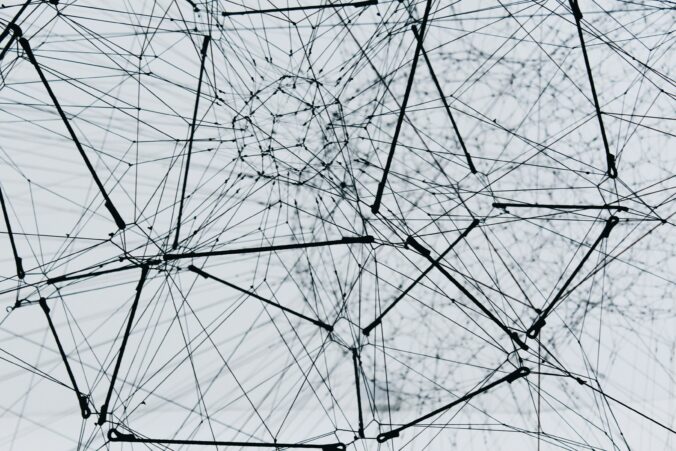
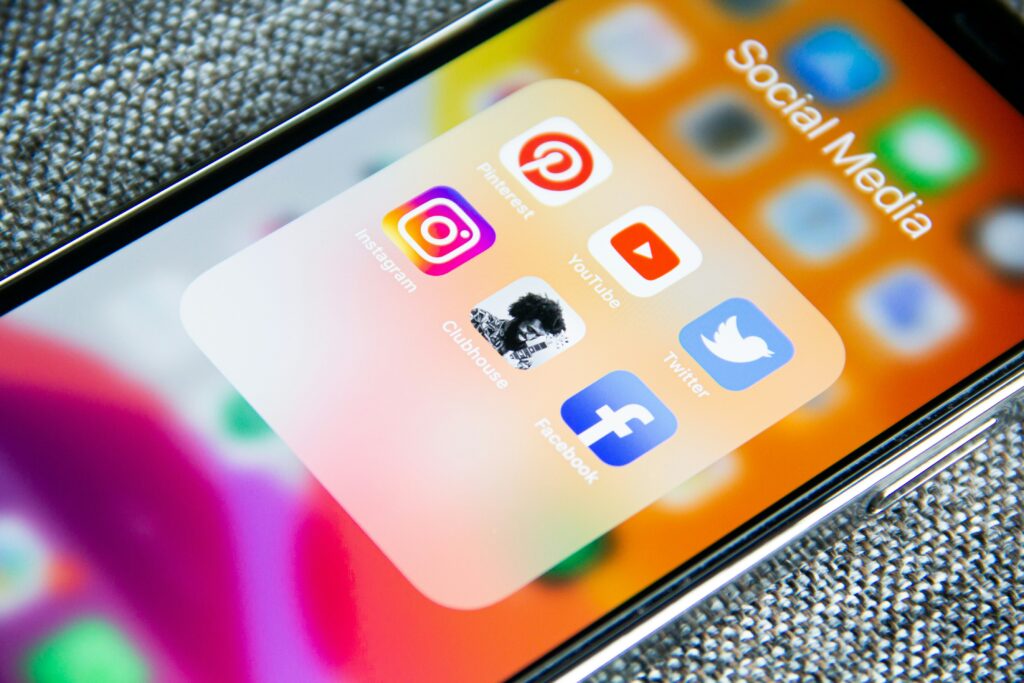


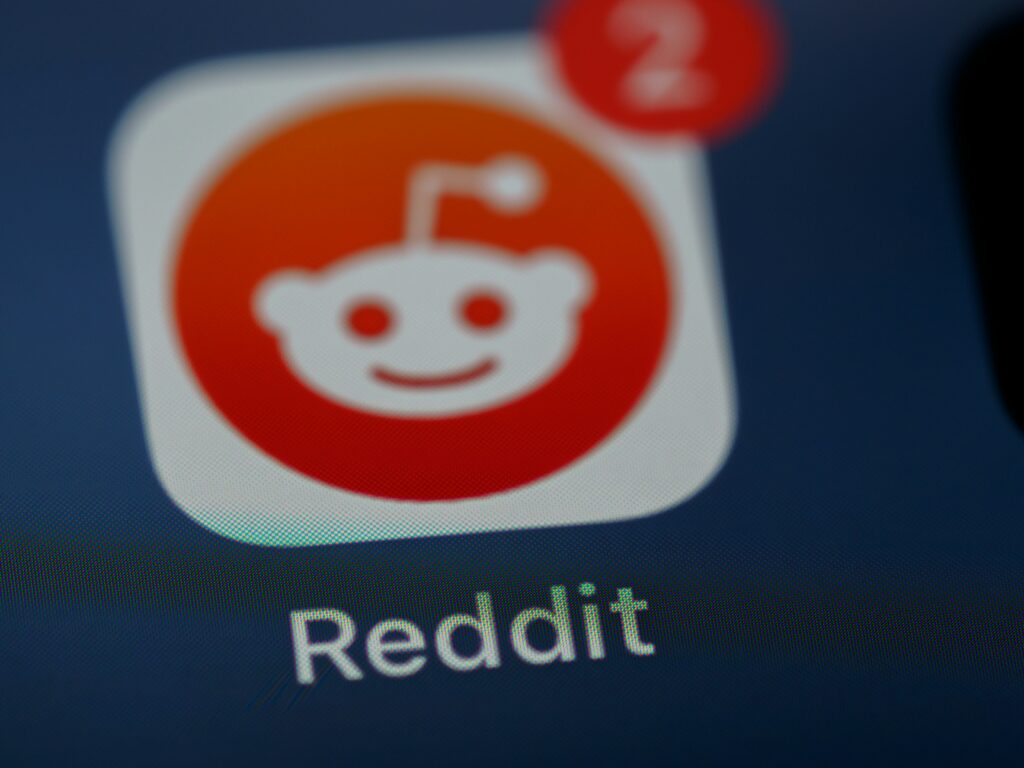
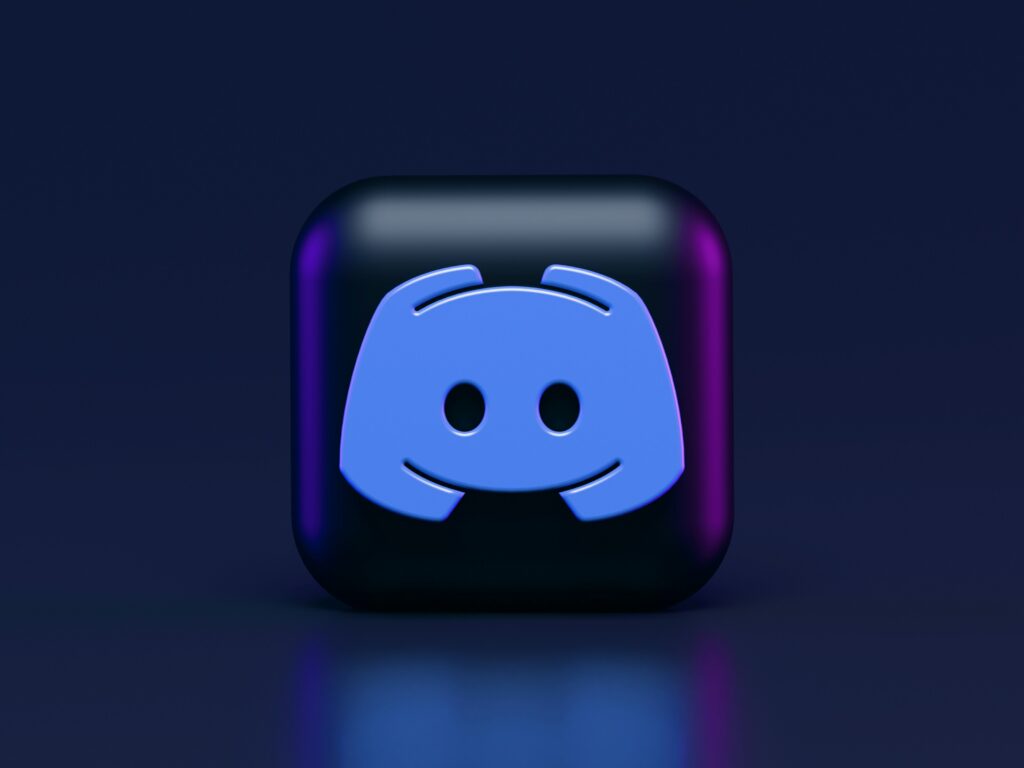




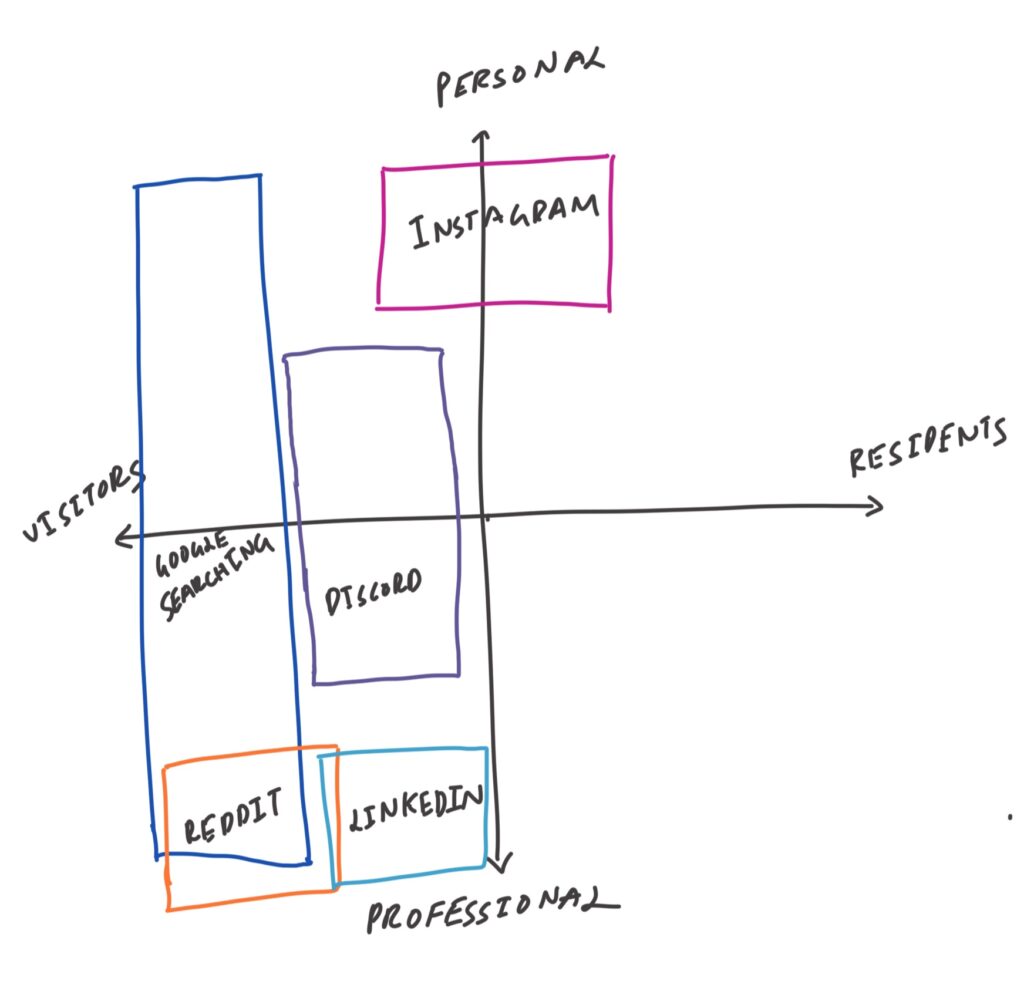
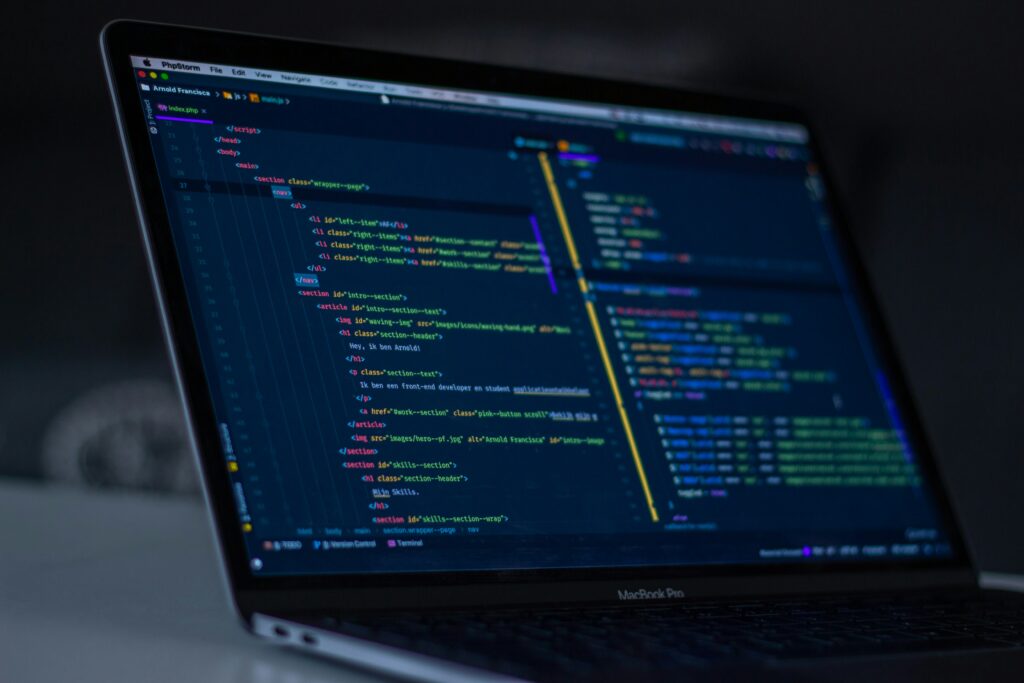
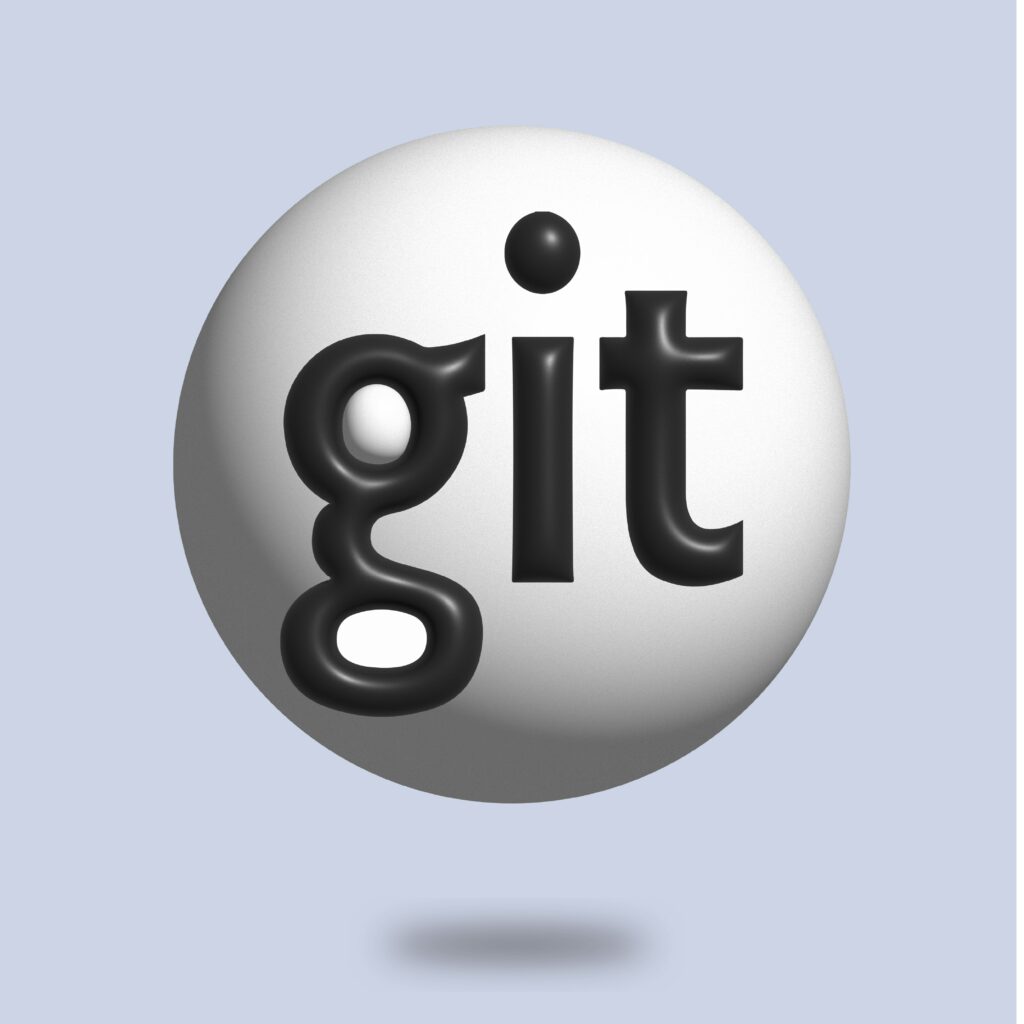

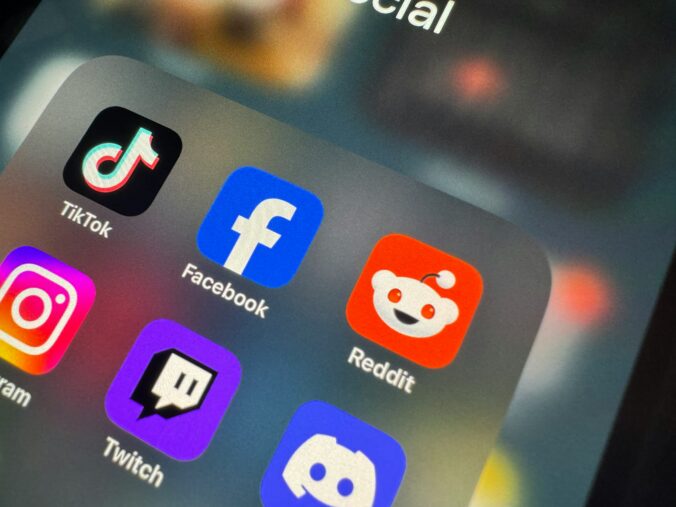
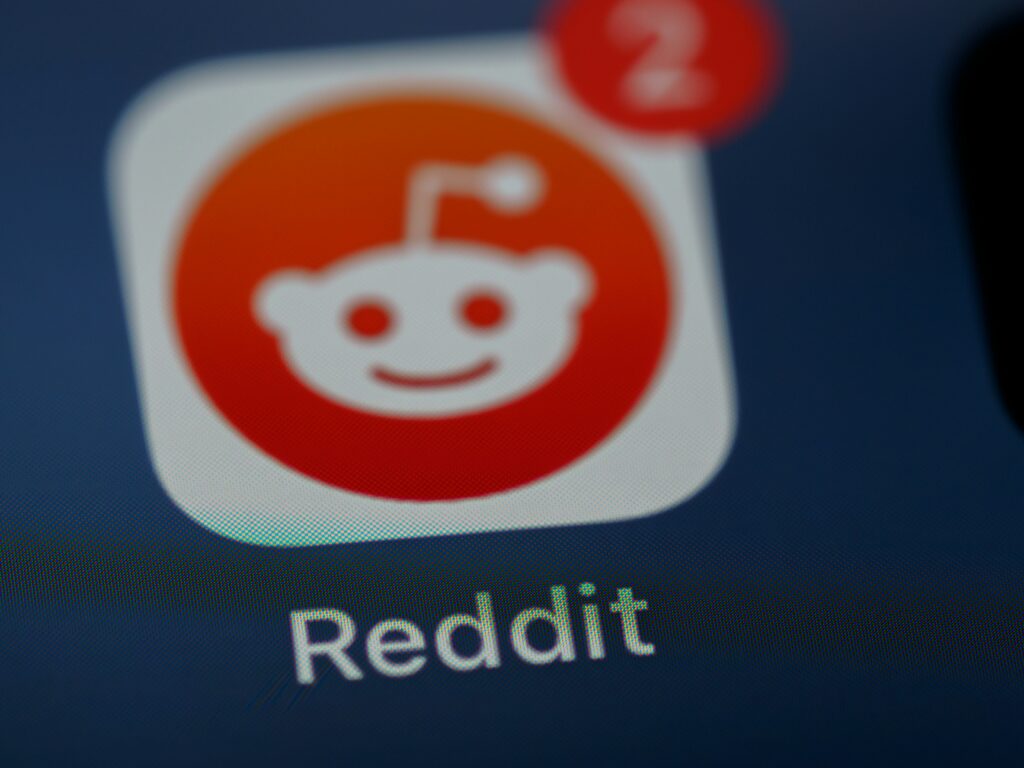
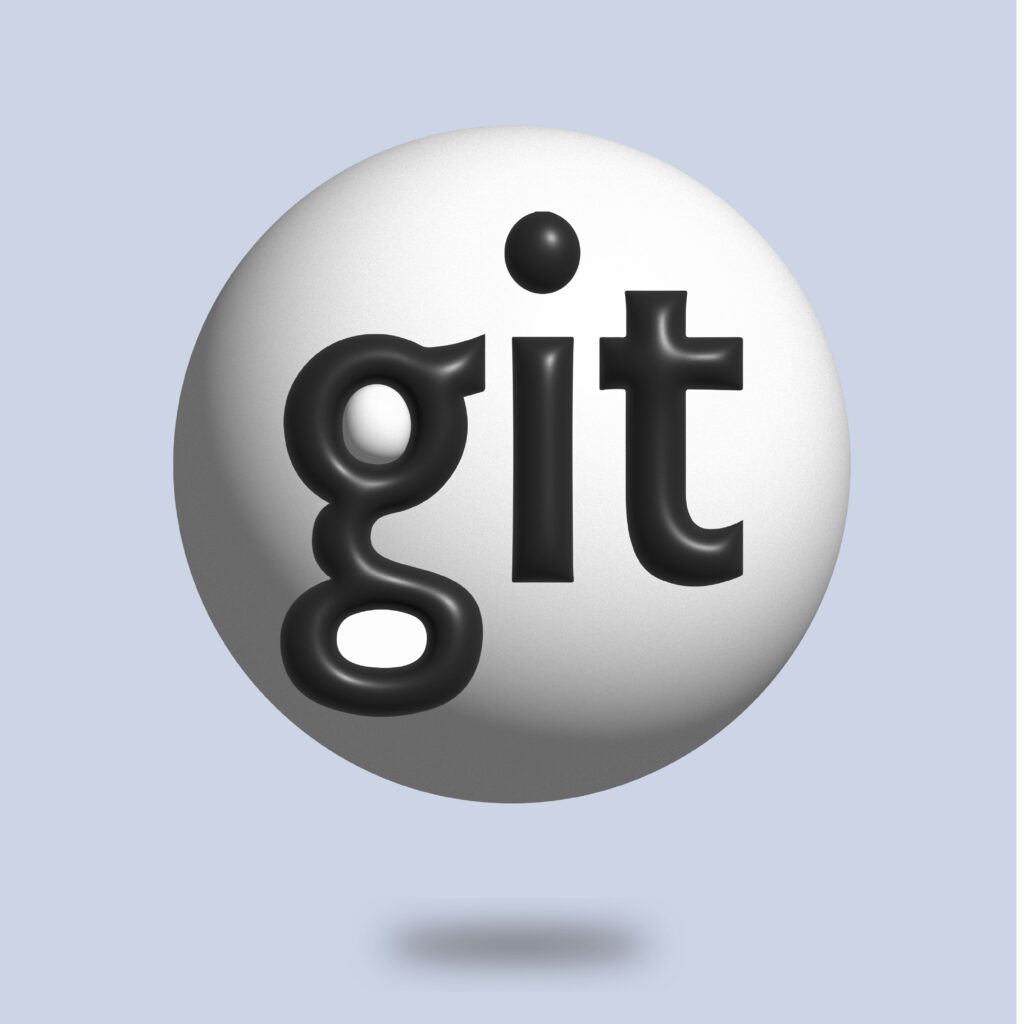


Recent Comments